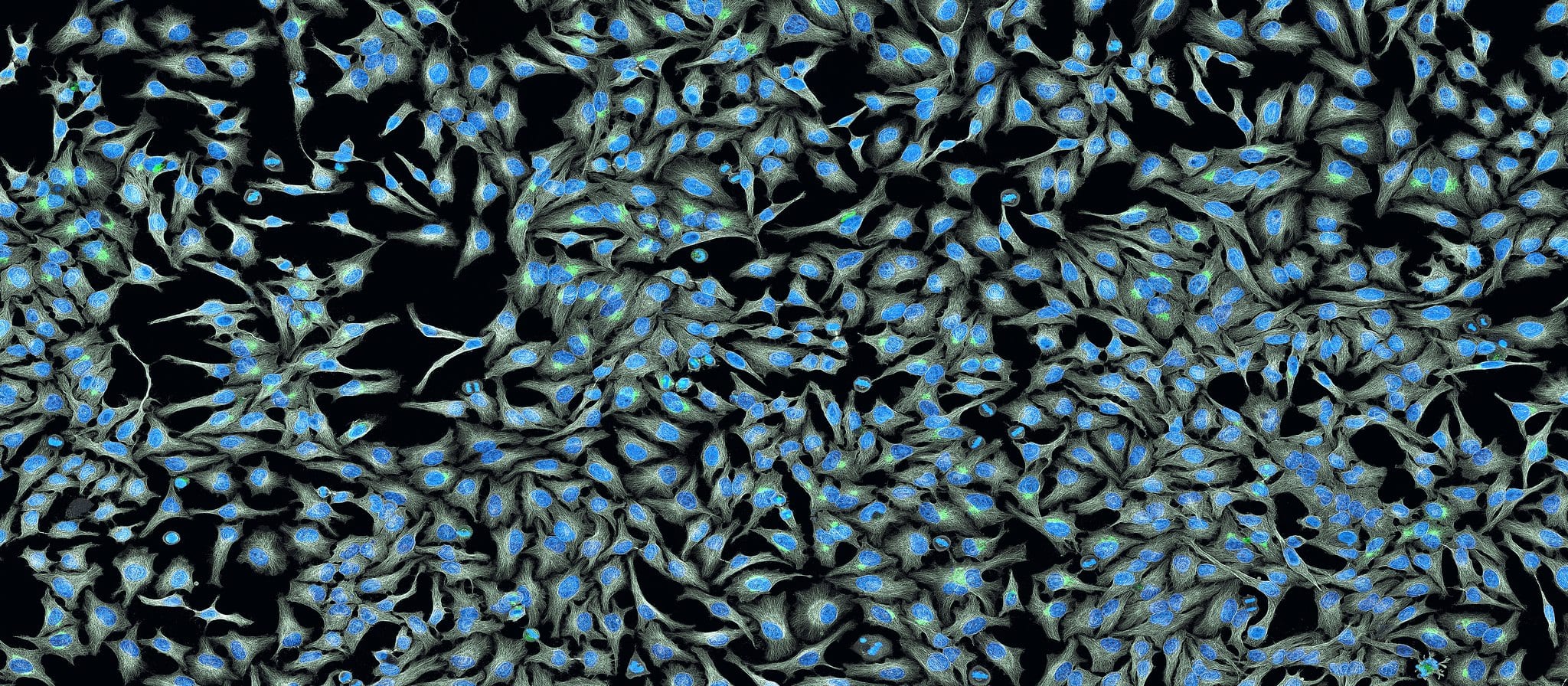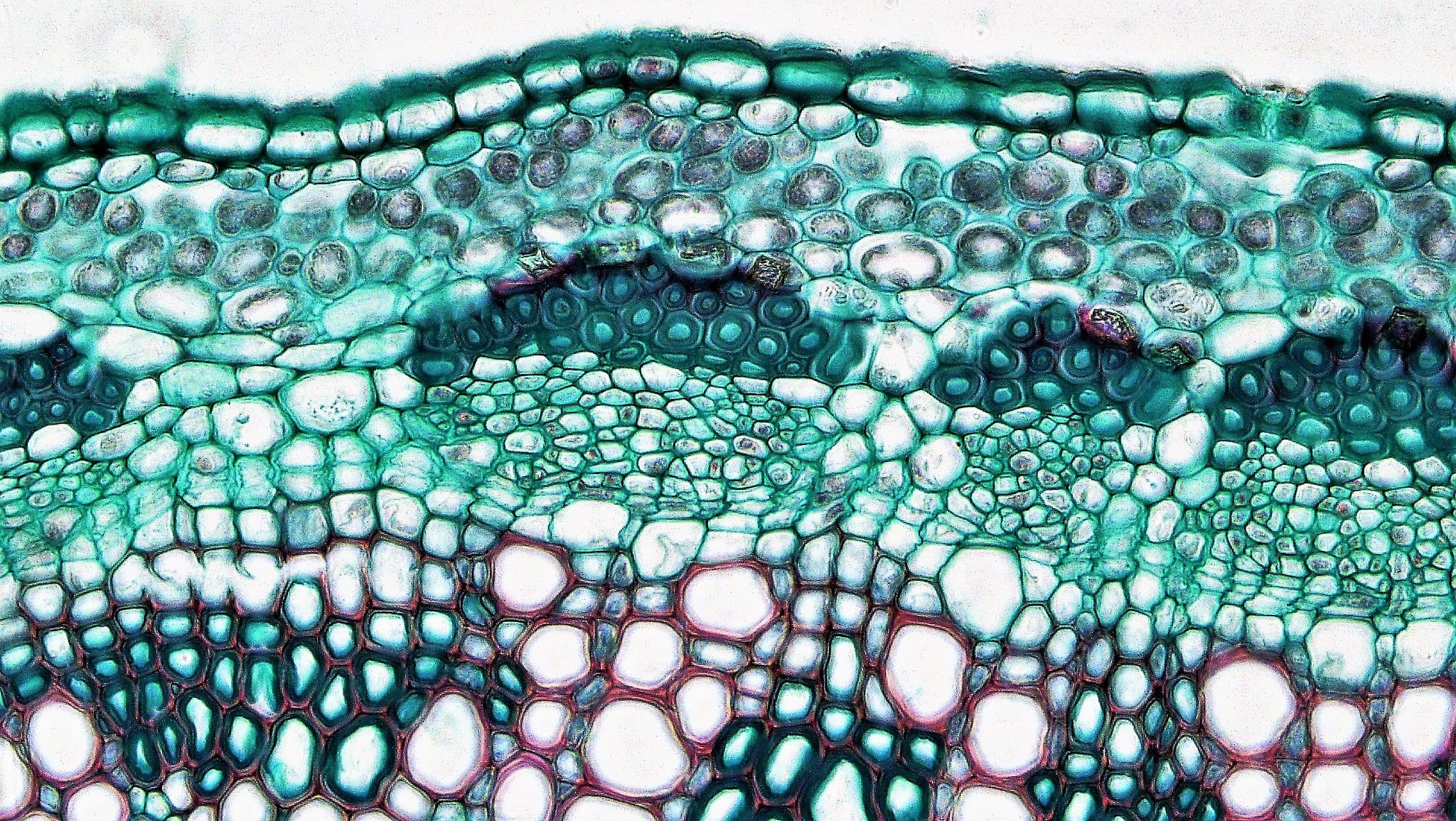The simplest unit in biology is the cell. This central tenet has remained true since the coining of the term 'cell' in 1665 by Robert Hooke. Cells have enabled multicellular organisms to conquer every part of the planet, enabling cell line specialization and the formation of more complex organisms. Multicellularity allowed organisms to thrive by allowing specialization. Instead of being acclimated to a single environment, diverse cell types in a single organisms allowed organisms to cope with more complex environments.
Due to the all-important nature of cells in biology, biologists have spent massive amounts of time and resources in making cells easier to study for some very important reasons. Cell lines – which are homogeneous blocks of identical cells – offer massive advantages to biologists, as they give researchers the tools to ask very specific questions about how organs or cells function. For instance, let’s say you're a researcher for a pharmaceutical company working on a new drug to cure liver disease (yay you!). However, before you take that drug to mouse trials, and way, way before you take it to human trials, you want to test if it even has the desired effect on a biological entity that resembles a liver. Makes sense right?
You may be left wondering, “how does one propagate cells?†Honestly, the answer is simpler than you might think. In most organisms, plants excepted (you'll find out why in a minute), the way cell culture generally works is you take a sample of your tissue of interest, put that tissue in a petri dish with a nutrient rich broth that enables growth, and boom! You're off to the races. Those liver cells you just cultured will stay that – liver cells! This technique is older than most people think, with the first cell culture being done by Robert Harrison in 1907 who was working on frog neural fibers.

It's worth noting that cell lines today come in thousands of varieties, with various species, cell types, and disease states available. There are also a variety of companies that will actually generate a cell line you're interested in if it doesn't exist (consider heart cells for your next valentines day gift).
While everything I’ve laid out so far sounds great, there is one system that doesn’t have the advantage of cell lines, which has greatly hindered science in a particular realm: plant biology. But this isn't due to lack of trying, rather, plants have a few odd cellular characteristics which make cell culture nigh on impossible.
Plant tissues are complicated. For instance, plant tissues are made up of a myriad of cell types that all seem to operate independently of one another. In leaf tissue alone there are around 10 different types of cells. This poses a serious issue. In mammal cells, we can take a tissue sample from the liver and get liver cells! But plants, take a tissue sample from a leaf, and try to culture it? You don't get anything resembling leaf cells. And while you may think there are simple solutions to this problem, say something like “why not just isolate one or two of the cells from the leaf and propagate them?†Well, that's where another unique feature of plant biology comes into play.

The identity of a plant cell is uniquely linked to their cell wall. In plants, the lignin-filled cell walls are the fundamental feature that differentiates their cells from animal cells. It gives plant cells their rigid box like shape, and makes them all but immovable in plant tissues (fun fact, your cells move more than you think). What researchers have discovered is that plant cells are so intimately connected to their cell walls that the minute you remove the plant cell from these walls (like you would if you tore apart leaf tissue in the example above), you're actually fundamentally changing the identity of the cell.The equivalent example here would be if you were removed from your apartment, and you totally changed as a person.
This attribute of plant cell types being intimately linked to their cell wall makes culturing plant cells impossible. While this remains an issue in the field of plant biology, this phenomena has an odd, but advantageous benefit for plant biology. But, more on that next time.
 John Pablo Mendieta is a graduate student pursuing a PhD in bioinformatics and genomics at the University of Georgia. His specific interest lie at the intersection of agriculture, and genetic technologies. From Boulder Colorado, he enjoys the outdoors, science fiction, programming, and hip hop. You can email him at john.mendieta@uga.com or follow him on twitter @Pabster212.
John Pablo Mendieta is a graduate student pursuing a PhD in bioinformatics and genomics at the University of Georgia. His specific interest lie at the intersection of agriculture, and genetic technologies. From Boulder Colorado, he enjoys the outdoors, science fiction, programming, and hip hop. You can email him at john.mendieta@uga.com or follow him on twitter @Pabster212.
About the Author
- athenssciencecafehttps://athensscienceobserver.com/author/athenssciencecafe/April 17, 2020
- athenssciencecafehttps://athensscienceobserver.com/author/athenssciencecafe/April 12, 2020
- athenssciencecafehttps://athensscienceobserver.com/author/athenssciencecafe/April 3, 2020
- athenssciencecafehttps://athensscienceobserver.com/author/athenssciencecafe/March 30, 2020







